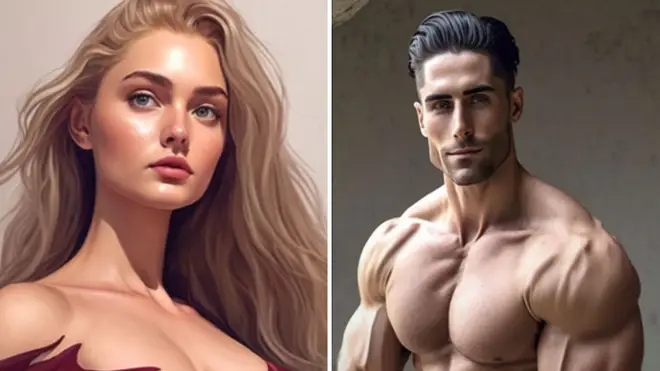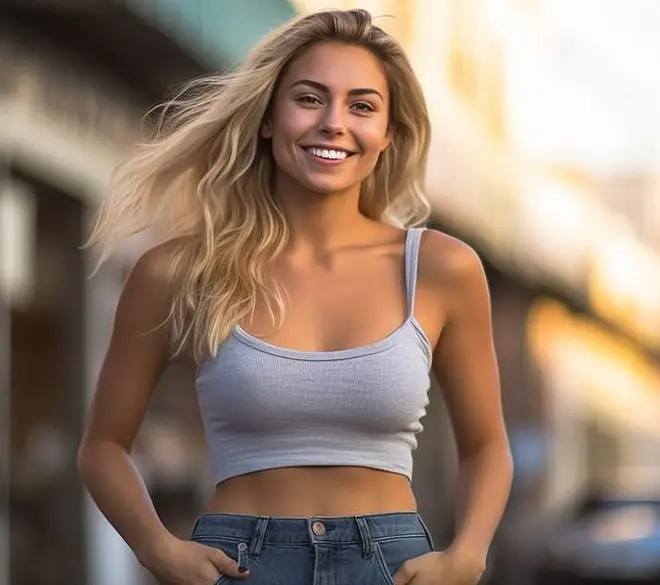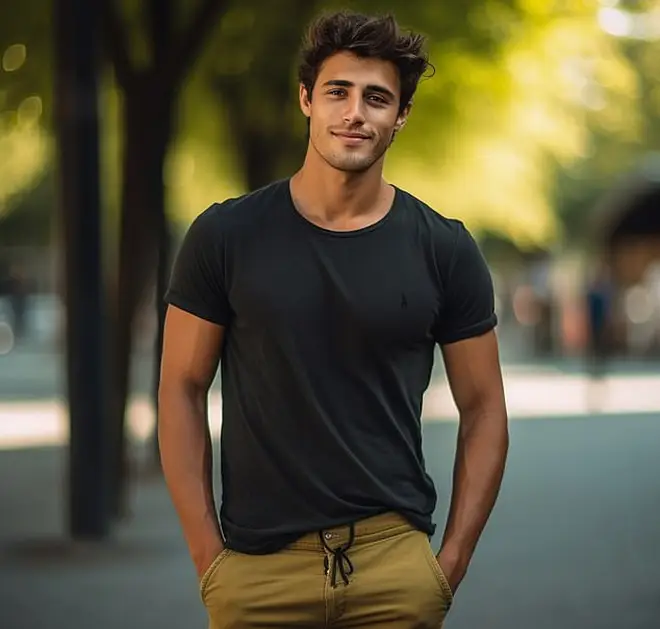
Clive Bull 1am - 4am
17 May 2023, 14:19

Aritifcial intelligence has illustrated what the "ideal" man and woman look like, according to the internet.
The images are based on trawls of billions of images on the World Wide Web and analysis of social media data, focusing on photos that got the most engagement.
But the Bulimia Project, the eating disorder group that produced the images through AI, said they showed a "largely unrealistic" image of human beauty.
The images of women are biased towards blonde hair, brown eyes and olive skin. For men, there was a bias towards brown hair, brown eyes and olive skin.
Very few of the images produced showed non-white people.
The collection of images inspired by social media were "far more sexually charged" than results that were based on everything else the AI found on the internet.

More than a third of the AI-generated images of women had blonde hair. Over of the images included olive-skinned women.
Some 67% of the images of men included brown hair. Nearly two thirds of the images included olive skin.
Pictures of the "perfect" female body that were based on social media results were of tanned, Caucasian-looking women with slim figures and small waists.
"Perfect" men wore tight t-shirts, were muscular and had six packs.

The Bulimia Project said: "Considering that social media uses algorithms based on which content gets the most lingering eyes, it's easy to guess why AI's renderings would come out more sexualised.
"But we can only assume that the reason AI came up with so many oddly shaped versions of the physiques it found on social media is that these platforms promote unrealistic body types, to begin with."

They added: "In the age of Instagram and Snapchat filters, no one can reasonably achieve the physical standards set by social media.
"So, why try to meet unrealistic ideals? It’s both mentally and physically healthier to keep body image expectations squarely in the realm of reality."
The images were created using the AI image generators Dall-E 2, Stable Diffusion, and Midjourney.